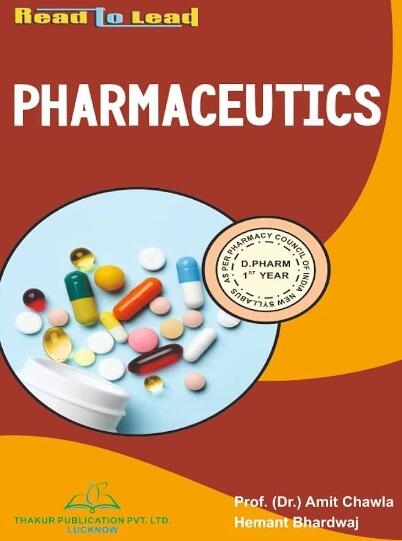Local Drug Delivery Systems as Novel Approach for Controlling NETosis in Periodontitis
IF 4.9
3区 医学
Q1 PHARMACOLOGY & PHARMACY
引用次数: 0
Abstract
Periodontitis is a chronic inflammation caused by periodontopathogenic bacteria in the dental biofilm, and also involves the inflammatory-immune response of the host. Polymorphonuclear neutrophils (PMNs) play essential roles in bacterial clearance by multiple mechanisms, including the formation of neutrophil extracellular traps (NETs) that retain and destroy pathogens. During PD progression, the interaction between PMNs, NETs, and bacteria leads to an exaggerated immune response and a prolonged inflammatory state. As a lesion matures, PMNs accumulate in the periodontal tissues and die via NETosis, ultimately resulting in tissue injury. A better understanding of the role of NETs, the associated molecules, and the pathogenic pathways of NET formation in periodontitis, could provide markers of NETosis as reliable diagnostic and prognostic tools. Moreover, an assessment of NET biomarker levels in biofluids, particularly in saliva or gingival crevicular fluid, could be useful for monitoring periodontitis progression and treatment efficacy. Preventing excessive NET accumulation in periodontal tissues, by both controlling NETs’ formation and their appropriate removal, could be a key for further development of more efficient therapeutic approaches. In periodontal therapy, local drug delivery (LDD) systems are more targeted, enhancing the bioavailability of active pharmacological agents in the periodontal pocket and surrounding tissues for prolonged time to ensure an optimal therapeutic outcome.局部给药系统是控制牙周炎 NETosis 的新方法
牙周炎是由牙齿生物膜中的牙周致病菌引起的慢性炎症,也涉及宿主的炎症免疫反应。多形核中性粒细胞(PMNs)通过多种机制在清除细菌的过程中发挥重要作用,包括形成中性粒细胞胞外捕获器(NETs),以保留和消灭病原体。在帕金森病的发展过程中,PMN、NET 和细菌之间的相互作用会导致免疫反应的加剧和炎症状态的延长。随着病变的成熟,PMNs 在牙周组织中积聚并通过 NETosis 死亡,最终导致组织损伤。如果能更好地了解NET的作用、相关分子以及NET在牙周炎中形成的致病途径,就能将NETosis的标记物作为可靠的诊断和预后工具。此外,评估生物流体(尤其是唾液或牙龈缝液)中的 NET 生物标志物水平有助于监测牙周炎的进展和治疗效果。通过控制 NET 的形成和适当清除,防止 NET 在牙周组织中过度积聚,是进一步开发更有效治疗方法的关键。在牙周治疗中,局部给药系统(LDD)更有针对性,可提高活性药剂在牙周袋和周围组织中长时间的生物利用度,以确保达到最佳治疗效果。
本文章由计算机程序翻译,如有差异,请以英文原文为准。
求助全文
约1分钟内获得全文
求助全文
来源期刊

Pharmaceutics
Pharmacology, Toxicology and Pharmaceutics-Pharmaceutical Science
CiteScore
7.90
自引率
11.10%
发文量
2379
审稿时长
16.41 days
期刊介绍:
Pharmaceutics (ISSN 1999-4923) is an open access journal which provides an advanced forum for the science and technology of pharmaceutics and biopharmaceutics. It publishes reviews, regular research papers, communications, and short notes. Covered topics include pharmacokinetics, toxicokinetics, pharmacodynamics, pharmacogenetics and pharmacogenomics, and pharmaceutical formulation. Our aim is to encourage scientists to publish their experimental and theoretical details in as much detail as possible. There is no restriction on the length of the papers. The full experimental details must be provided so that the results can be reproduced.
 求助内容:
求助内容: 应助结果提醒方式:
应助结果提醒方式:


